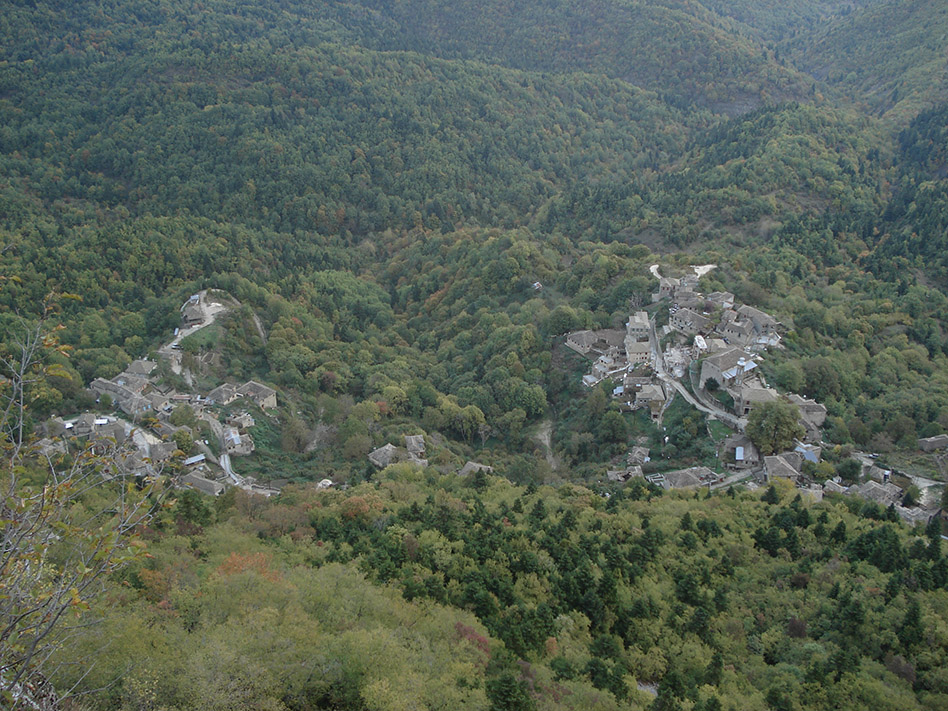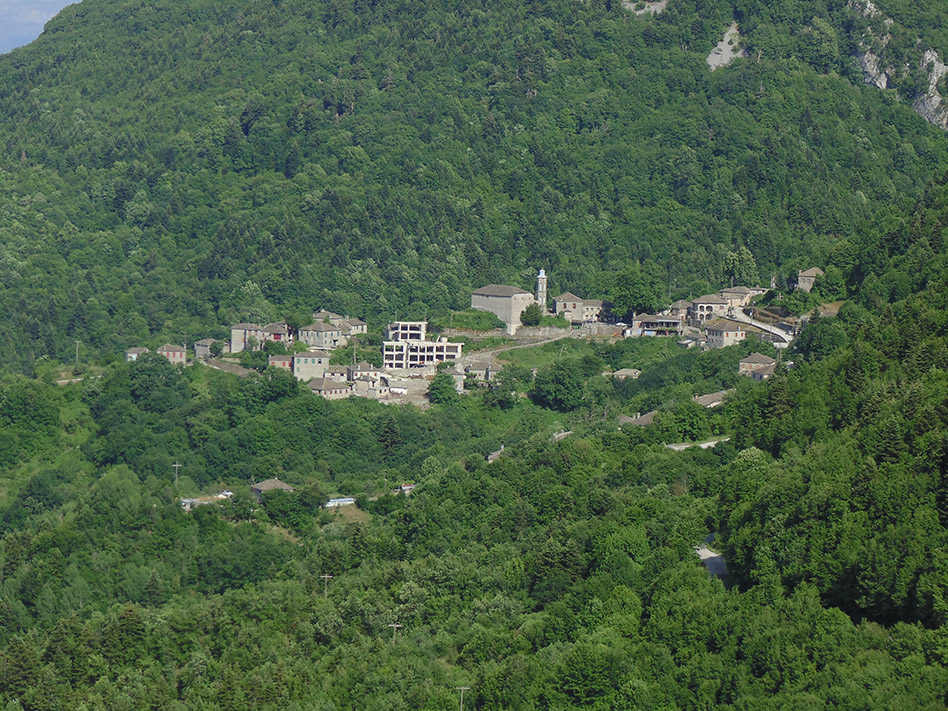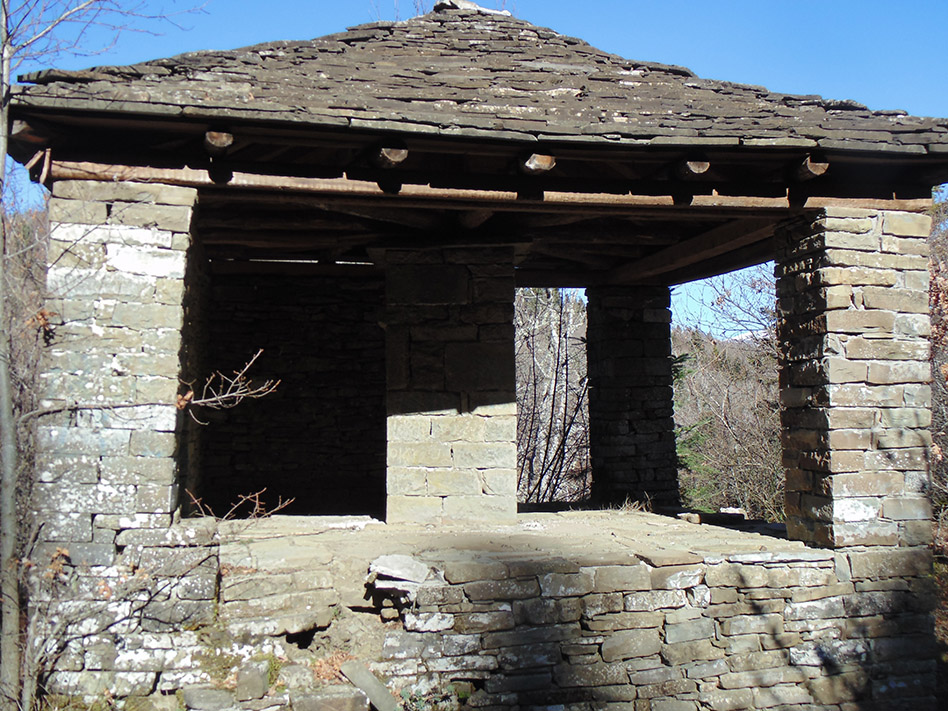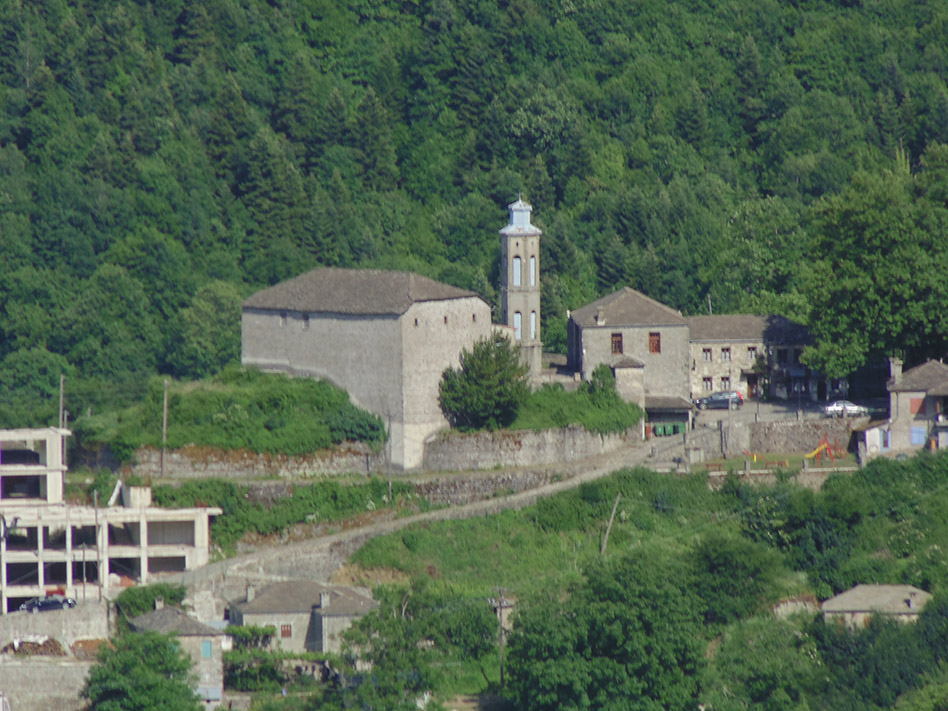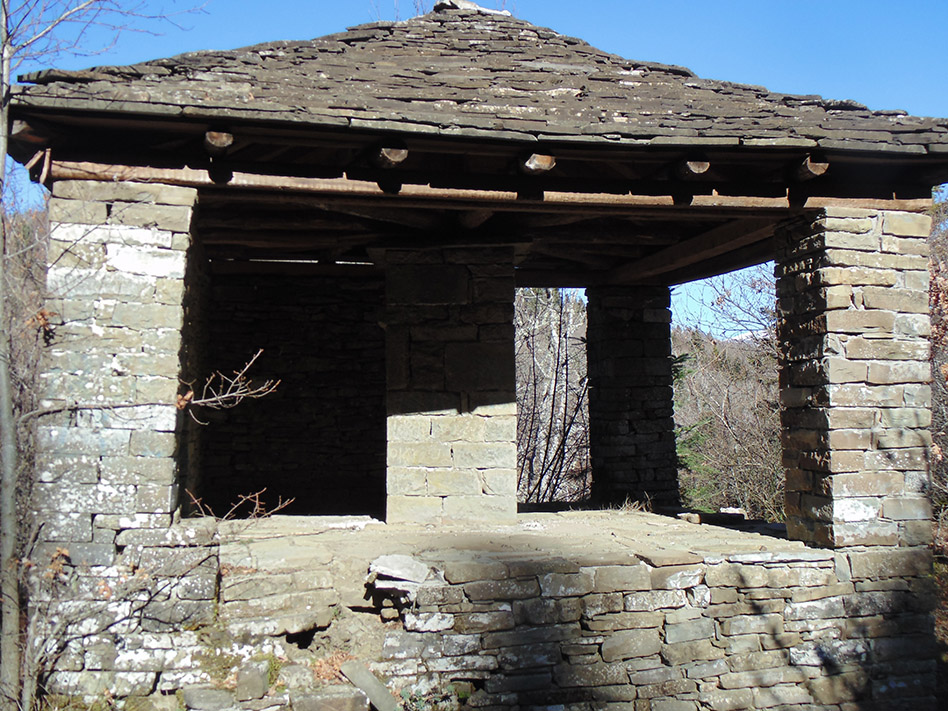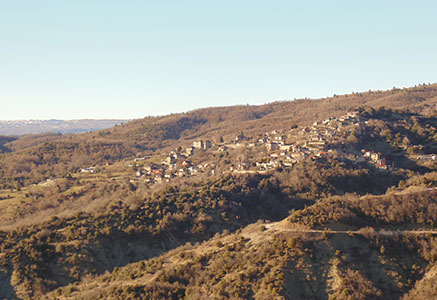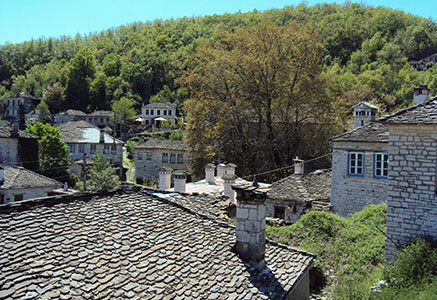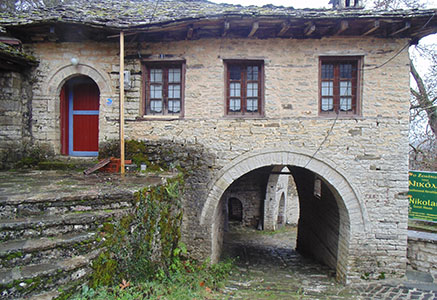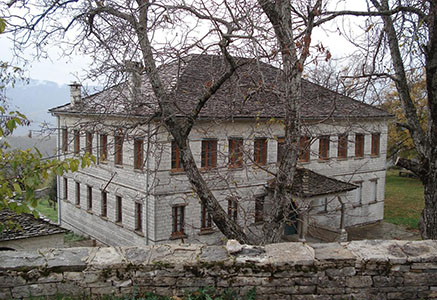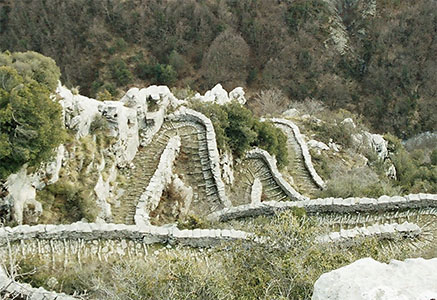Project Description
Various theories of the toponym’s etymology are expressed. One point of view is that the place name is related to the modern Neo-Hellenic worf Tzadila or to the Slavic word tsedilio. The opinion of Mr. K. Ikonomou is that the place name has to be attributed to the Albanian Cotille-a (seal), the wood with which the butter was blended. The cause of the place name is unknown. By the orders of the Royal Decree of 1919 and 1927, it was changed and became Dikorfo and later Dikorifo.
The village is at an altitude of 1000 m and refers to the time of Voutsa in 1431, the date on which the village capitulated with the Turks. At that time, the village had 18 houses and was called Little Tzontila. With the conquest, the privileges of autonomy, self-government and free religious worship were gained from the Turks, as well as the right the ban the Turks to entering the village without the permission of the villagers. In exchange, 38 men – the Bovine ones – were given each year for service at the sultan stables in Istanbul – later replaced by 1,800 white (Turkish) coins.
With this kind of services, they created special relations with the Turkish leaders and, after their demobilization, they resorted to trade and operate in Asia, Russia, Romania, Egypt. They were mainly merchants, landowners and bankers. Some practiced the profession of the practitioner, “doctor of Vikos”.




